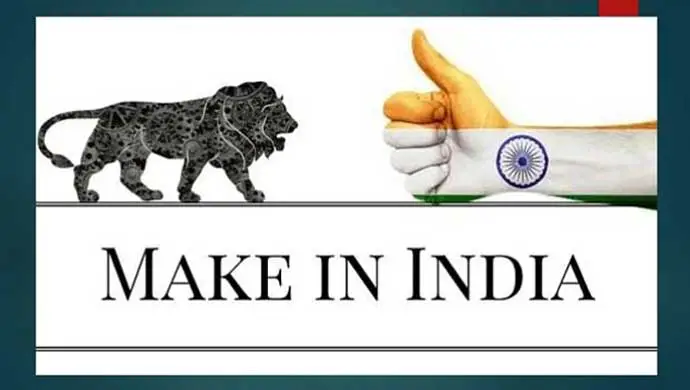Being independent is crucial because it enables an individual to take charge of their life, make their own decisions, and take responsibility for the consequences of their actions. Independence empowers individuals to pursue their goals and aspirations, free from the constraints and influences of others. Freedom also fosters self-reliance and self-sufficiency.
It allows individuals to develop their skills, talents, and abilities and rely on themselves rather than others for support and guidance. Independence enables individuals to become more confident and resilient, cope with challenges and setbacks, and bounce back from failures.
Moreover, independence promotes personal growth and development. It enables individuals to explore their interests, values, and beliefs, and make choices that reflect their unique identity and perspective. Independence also encourages individuals to seek new experiences and challenges, expand their horizons, and learn from their successes and failures.
India’s manufacturing industry has been a vital contributor to the country’s economic growth, generating employment opportunities, promoting exports, and creating value-added products. However, the sector has faced several challenges, including a lack of competitiveness, inadequate infrastructure, and limited technology adoption.
To address these challenges, the Indian government launched the “Make in India” initiative in 2014. The initiative aims to transform India into a global manufacturing hub and promote domestic and foreign investment in various sectors, including automotive, electronics, textiles, defense, and others. The initiative seeks to improve the ease of doing business, simplify regulatory procedures, and enhance the country’s infrastructure and logistics capabilities.
Since the launch of the Make in India initiative, the manufacturing sector has shown significant growth, with an average annual growth rate of 7.6% between 2014 and 2019. The initiative has also attracted substantial investment, with foreign direct investment (FDI) in the manufacturing sector increasing from US$ 16.13 billion in 2014-15 to US$ 26.81 billion in 2019-20.
The initiative has helped to create employment opportunities, with the manufacturing sector employing over 58 million people in 2019-20, contributing to over 16% of the country’s GDP. The initiative has also improved India’s competitiveness in various sectors, with several companies setting up manufacturing units in India to take advantage of the country’s skilled workforce, large domestic market, and favorable business environment.
The “Make in India” movement was launched in September 2014 by the Indian government with the aim of promoting India as a global manufacturing hub and attracting foreign investment.
The movement was driven by several factors, including:
- India’s demographic advantage: India has a large and young population, with a median age of 28 years. This demographic dividend offers a vast workforce, which can be trained and utilized in the manufacturing sector.
- Rising labor costs in China: China, which has been a leading manufacturing hub, has been experiencing rising labor costs, making it less competitive. This provided an opportunity for India to attract companies seeking low-cost labor.
- Government focuses on economic growth: The Indian government has been focused on promoting economic growth, and the manufacturing sector has been identified as a pivotal contributor to this growth.
- Favorable business environment: The Indian government has taken several measures to create a favorable business environment, including simplifying regulatory procedures, improving infrastructure, and enhancing the ease of doing business.
- Increasing domestic demand: The growing middle class in India has increased domestic demand for goods, providing a significant opportunity for the manufacturing sector.
- Need for employment generation: The manufacturing sector is a significant source of employment generation, and the government sees it as a critical contributor to job creation.
- Integration with global supply chains: The Indian government recognized the importance of integrating with global supply chains and attracting foreign investment to enhance the competitiveness of the manufacturing sector.
This movement was launched in response to several factors, including India’s demographic advantage, rising labor costs in China, the government’s focus on economic growth, a favorable business environment, increasing domestic demand, the need for employment generation, and integration with global supply chains. The movement aimed to promote India as a global manufacturing hub, attract foreign investment, and create employment opportunities, which can contribute to the country’s economic growth and development.
The Make in India initiative has also led to several policy reforms and measures to support the manufacturing sector, including the National Manufacturing Policy (NMP), the Intellectual Property Rights (IPR) policy, the Technology Upgradation Fund Scheme (TUFS), and others.
These policies seek to enhance the sector’s competitiveness, promote innovation, and support technology adoption. However, the manufacturing sector still faces several challenges, including inadequate infrastructure, limited access to credit, and high logistics costs. The government must continue to address these challenges and create a conducive environment for the sector’s growth and development.
Conclusion

The Make in India initiative has been a significant step towards transforming India into a global manufacturing hub, creating employment opportunities, and promoting economic growth. The initiative has attracted investment, improved competitiveness, and led to several policy reforms to support the sector’s growth. With continued support and reform, the manufacturing sector has the potential to play a vital role in India’s economic development and global competitiveness.















